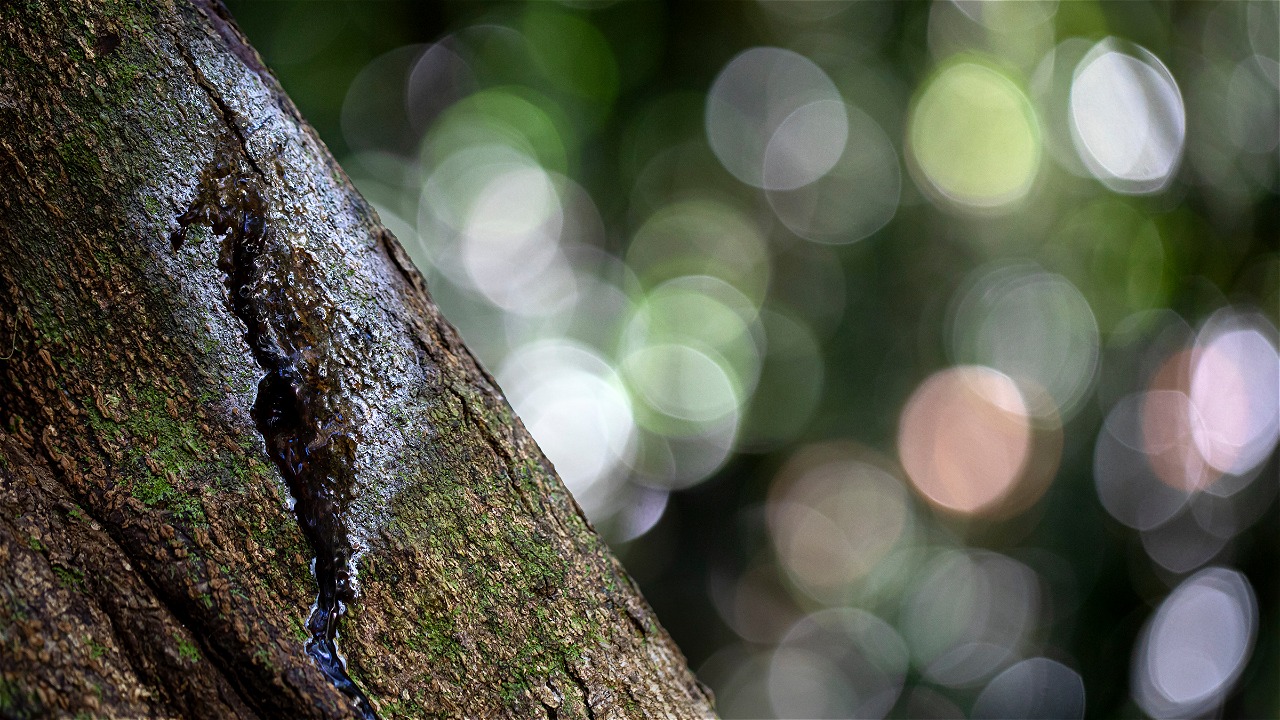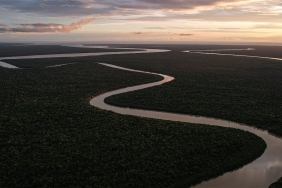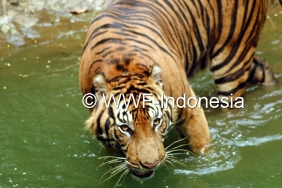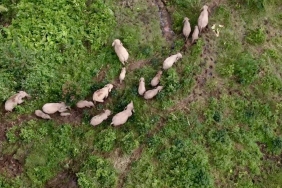CAT'S EYE RESIN, THE SUCCESS OF COMMUNITY-BASED SUSTAINABLE FOREST MANAGEMENT
By: HIjrah Nasir
The forestry sector in West Pesisir, Lampung, has a large contribution in sustaining the community's economy with the forest area reaching 60% of the total area of the district. One of the leading forestry products of West Pesisir, especially Krui, is cat's eye resin. Krui is known as a producer of the best quality resin in the world. The management of damar repong (plantation) is a local wisdom in the cultivation system of the Krui community, and this is one example of the success of community-based sustainable forest management. The damar repong cultivation system is carried out in the clan forest area, and some are cultivated in the Bukit Barisan Selatan National Park area as a Non-Timber Forest Product (NTFP) product.
Based on data from the BAPPEDA of Pesisir Barat Regency in 2016, the total land area of resin areas reached 17,160.75 hectares with a production of around 6,720.2 tons/year. Repong damar is an important sub-sector that supports the economy in this area. This is evident from the data stating that 80 percent of the average income per capita of the people of Pesisir Krui comes from resin resin production with a GDP of 14.5 billion rupiah. In addition, resin as an exported commodity product is also a source of foreign exchange for the country.
Krui is the largest producer of cat's eye resin, 80 percent of the total national production comes from there. Its export destinations include India, Germany, the Philippines, France, Belgium, the United Arab Emirates, Bangladesh, Pakistan and Italy.
Exports of cat's eye resin have actually been going on for hundreds of years. The first export of cat's eye resin to Europe began in 1829 and in 1933 to the United States. Cat's eye resin is widely used as a stabilizer in the paint, ink, pharmaceutical, and cosmetic industries both at home and abroad.
The high potential in the development of cat's eye resin and supporting conservation efforts, made WWF-Indonesia interested in conducting a value chain analysis of the cat's eye resin trade in Krui. As a NTFP product, resin has a strategic position in encouraging community-based forest management and is one of the models for sustainable community economic empowerment. However, the low added value of this product makes the price of cat's eye resin low at the farm level, so there needs to be an effort to increase the selling value of cat's eye resin that benefits farmers and is able to avoid cutting down resin due to economic pressure.
The cat's eye resin value chain analysis will be used as a tool to identify actors, problems and potentials in each value chain, and analyze the value addition of each chain. WWF conducted data collection related to the value chain analysis through FGDs and interviews with key informants from each chain of actors involved in the trade of this commodity, including farmers, resin motorcycle taxis, blockers, collectors, and large traders. This activity took place from August 28-30, 2017 in Krui. The survey locations were resin forests within the TNBBS area and clan forests in Pahmongan Village and Penengahan Village.
In this survey, the team identified the actors involved in the cat's eye resin trade chain to find out the value added of each actor and what problems have been received so far. The team conducted FGDs with WWF-assisted community groups licensed to manage damar land within the TNBBS area, and distributed questionnaires filled out by participants containing a number of questions about the productivity of damar plantations, income from damar plantations, and existing regulations regarding the farming or trading of damar. Furthermore, the team conducted interviews with farmers in Pahmongan to conduct a comparison of farmers who have damar outside the TNBBS area.
On the next day the team interviewed traders, collectors and wholesalers and visited the damar warehouse and visited the damar forest in Penengahan Village. From the results of this survey, the team found that there are several obstacles to the repong resin industry in Krui, such as resin farmers who do not have a bargaining position in determining prices. The price of resin has been determined by consumers and the market. Traders, collectors and wholesalers in Krui also still use simple techniques in sorting the quality of the resin. This has an impact on the damage to the quality of the resin, given the nature of resin which cannot be stored for a long time when it has been harvested.
The price range of damar from farmers and traders is also still quite large, which has an impact on the fate of damar farmers who manage repong damar as a form of sustainable forest management. The absence of an institution that houses farmers and traders is also another problem in Krui, this is disallowed due to competition between farmers and resin traders in Krui. Not only that, until now there has also been no regulation that benefits damar farmers.
Seeing these conditions, there is a need for several efforts to solve the problems that occur in Krui. One effort that needs to be made is the provision of training on insight and a comprehensive action plan by competent facilitators. In addition, the differentiation of interests between farmers and traders also needs to be agreed upon. This aims to create synergy between farmers and traders as the Krui resin community to have a high bargaining position in the global market, given that the regional monopoly on cat's eye resin is now in Krui. In addition, encouragement to the local government to make regulations that regulate the resin trade and do not harm farmers also needs to be done. The clearing of forest land into resin plantations also needs to be controlled to maintain biodiversity and the tranquility of wildlife in Krui.





